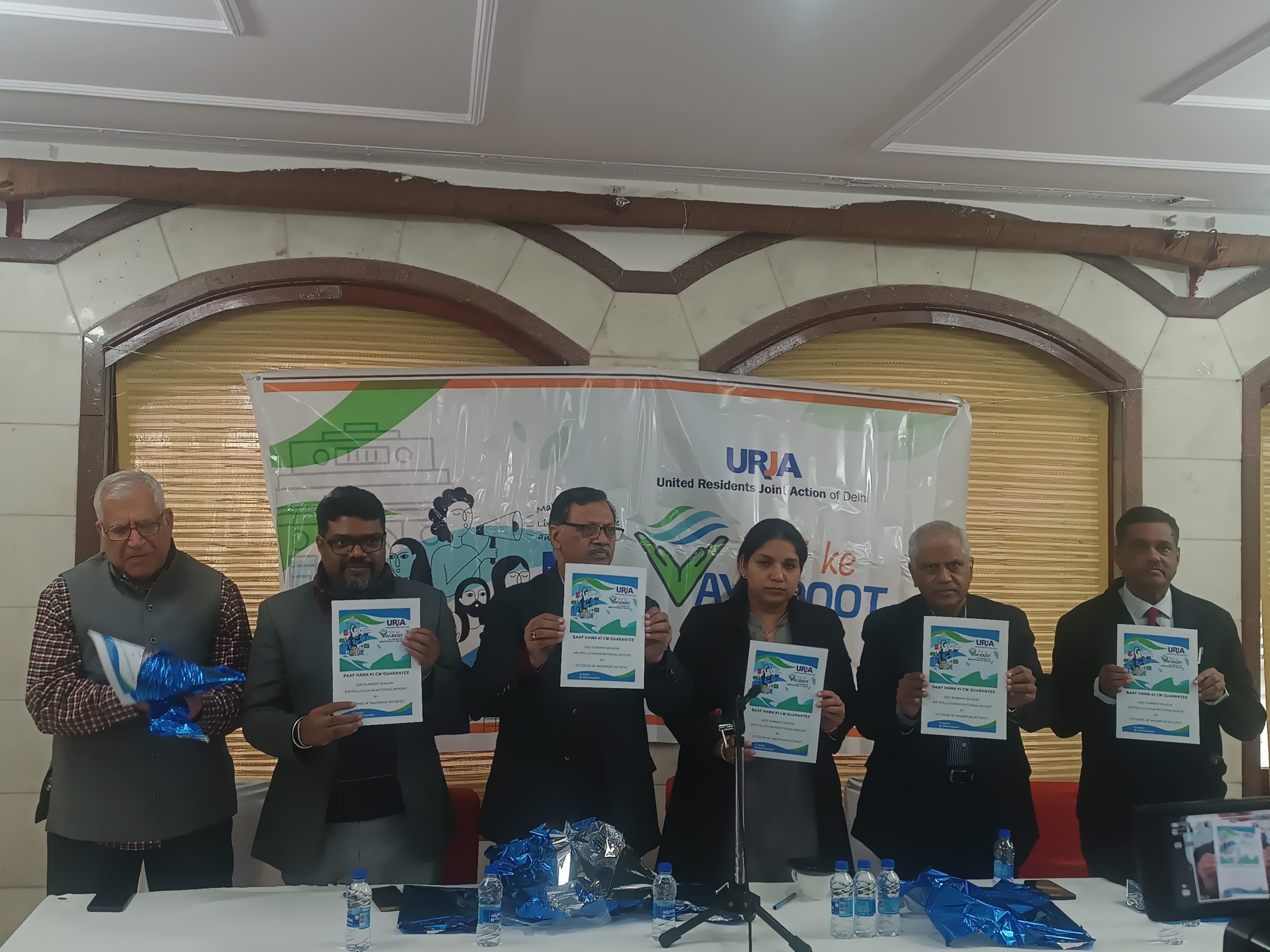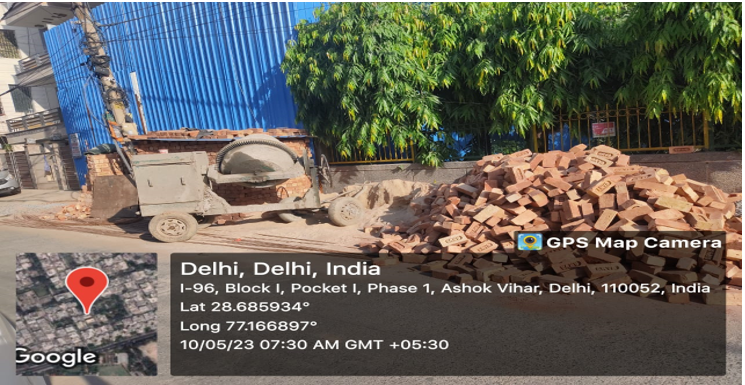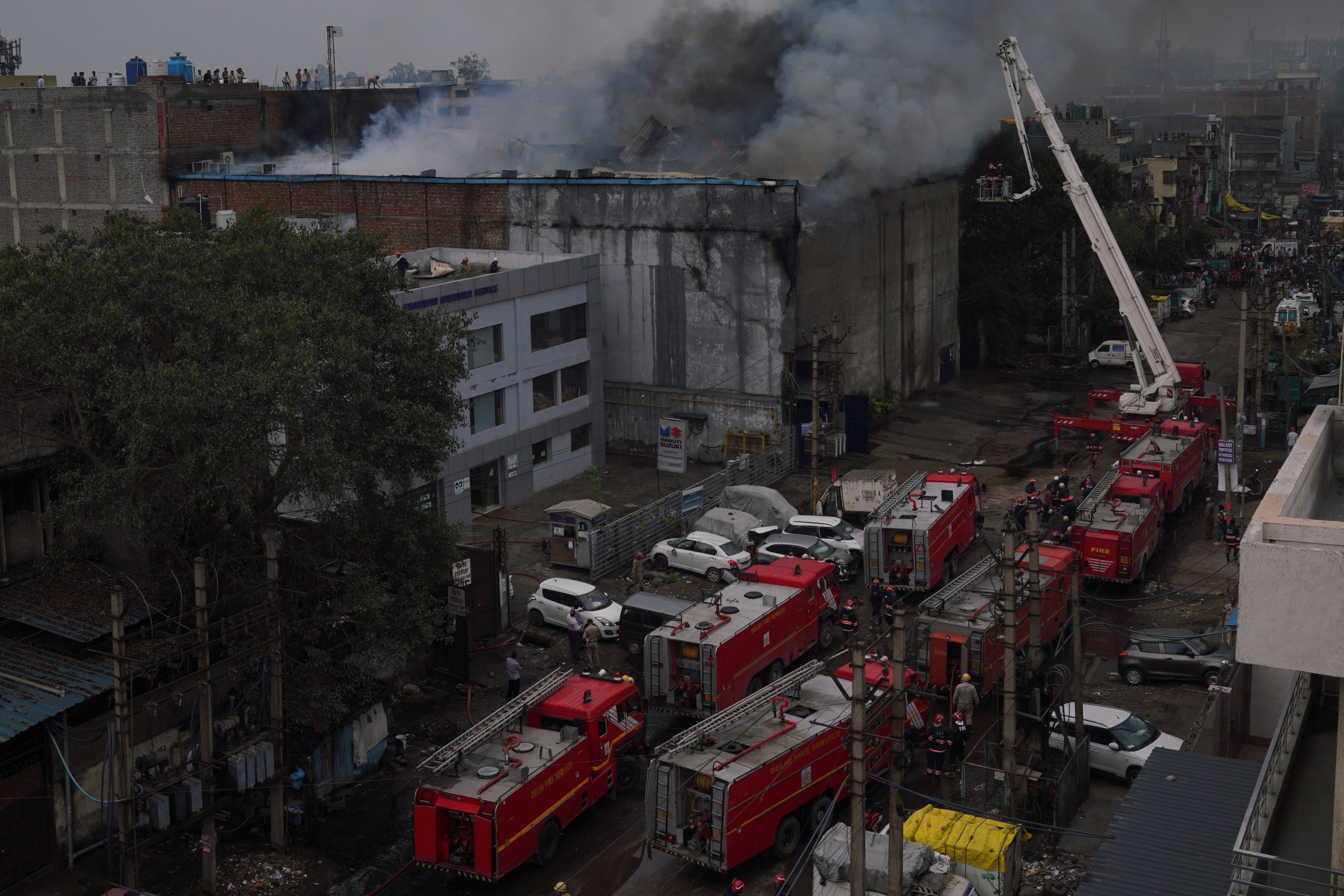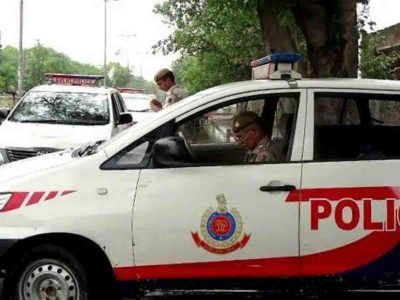In 2020, the Arvind Kejriwal-led Aam Aadmi Party started its tenure in Delhi with a pledge to “reduce air pollution by 2/3rd by 2025”. This was one of Chief Minister’s 10 personal guarantees.
However, just 12 months before the ambitious target, United Residents Joint Action (URJA), a consortium of more than 2,500 resident welfare associations (RWAs) in the Capital has released its survey report focussing on the most polluted hotspot of Delhi — Wazirpur.
One of the 13 air pollution hotspots of the city, Wazirpur consistently has higher levels of PM 2.5 pollutants.
“Wazirpur is a heavily industrialised region in Delhi’s north-western outskirts. It is well-known for its stainless-steel factories, which supply tons of steel vessels to India and abroad,” stated a 2022 ScienceDirect.com report on air quality of Wazirpur.
On December 29, 2023, URJA released its survey report as part of its ‘Dilli Ke Vayudoot’ initiative for citizens to monitor and report real-time incidents of air pollution in the four wards of Wazirpur hotspot.
Wazirpur Industrial Area came into existence in 1972.
At that time, considering the health of local residents, authorities allowed only hosiery units in the region. Over time, most of these hosiery manufacturing units were replaced with most polluting steel-related industries, observes the report.
“Our authorities have not performed due diligence in permitting licenses to these industries. Currently, many steel-rolling, utensil manufacturing and buffing operate illegally in the region, making it one of the most polluted hotspots,” says Atul Goyal, President, URJA.

With around 200 volunteers, the citizens’ group monitored and documented hyper-local incidents of air pollution across the four wards (Ashok Vihar, Keshav Puram, Tri Nagar and Wazirpur) between April and June 2023.
The report based on the survey observes heavy waste burning in the Wazirpur Industrial Area by slum-dwellers who are directly or indirectly employed in providing waste collection services.
The volunteer group in the Kesav Puram ward of Wazirpur reported incessant traffic jams due to lack of planning for local transport and road use.
In Keshav Puram ward and Wazirpur Industrial Area, open burning of industrial and municipal waste was a daily occurrence, all along the railway track near residential colonies.
“Our survey reveals a big gap between government action plans and on-ground reality,” emphasises Pramod Kohli, a Vayudoot representative from Wazirpur, who called for immediate government action.
The third major observation in the report was regarding the road sweeping done without following the proper CAQM (Commission for Air Quality Management) measures. This has been leading to higher levels of dust particles in the air due to piles of dust along the roadside.
Further, in Ashok Vihar, Vayudoot identified dust released from uncovered construction materials and delays in construction projects, as well as traffic congestion as primary sources of pollution around several schools. These have been consistently being ignored by the government monitoring teams, complains Shashi Issar, a volunteer from Ashok Vihar, and associated with the campaign.
“The neglect in addressing the most noticeable pollution sources by the designated authorities has exacerbated the pollution problem in our ward,” he says.

Calling for a more coordinated response between citizens, government and political parties, Atul Goyal, President of URJA says, “The problem of Wazirpur is complex. It has one of the most polluting industries, a high occurrence of open waste burning and dust pollution. It calls for a coordinated action plan with all the stakeholders, especially the government.
“We have started the ‘Dilli ke Vayudoot’ campaign with the Wazirpur hotspot keeping the government targets in mind. We plan for similar hyper-local campaigns for all the hotspots,” he added.





